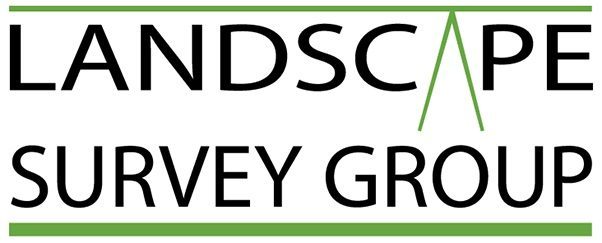Landscape Survey
Landscape survey is a research tool for understanding the historic landscape, through a range of allied non-invasive analytical techniques, which can be applied at different scales and resolutions. It underpins conservation, protection and interpretation. An important component is analytical survey – the observation, recording (where necessary) and – above all – analysis of visible archaeological and historic features in the landscape. It can help to target research using other specialist techniques and provides a context for them.
Landscape survey usually combines two strands of investigation: field survey and desk-based research. Field survey is usually directed at the rural landscape and involves the study of a wide range of evidence, including man-made features such as earthworks, buildings, ruined structures and managed vegetation, but also natural geological and ecological phenomena. It has a broad chronological scope and can be applied to large or small areas but always relies upon the principles of careful observation and analysis of field evidence of all types and periods.
Field survey is an especially powerful tool for understanding the development of a landscape when combined with desk-based research of current and historic maps, aerial photographs, historical documents, oral testimony and the findings of previous research. Landscape survey therefore often draws upon and cooperates with the interests and techniques of other research specialisms.

